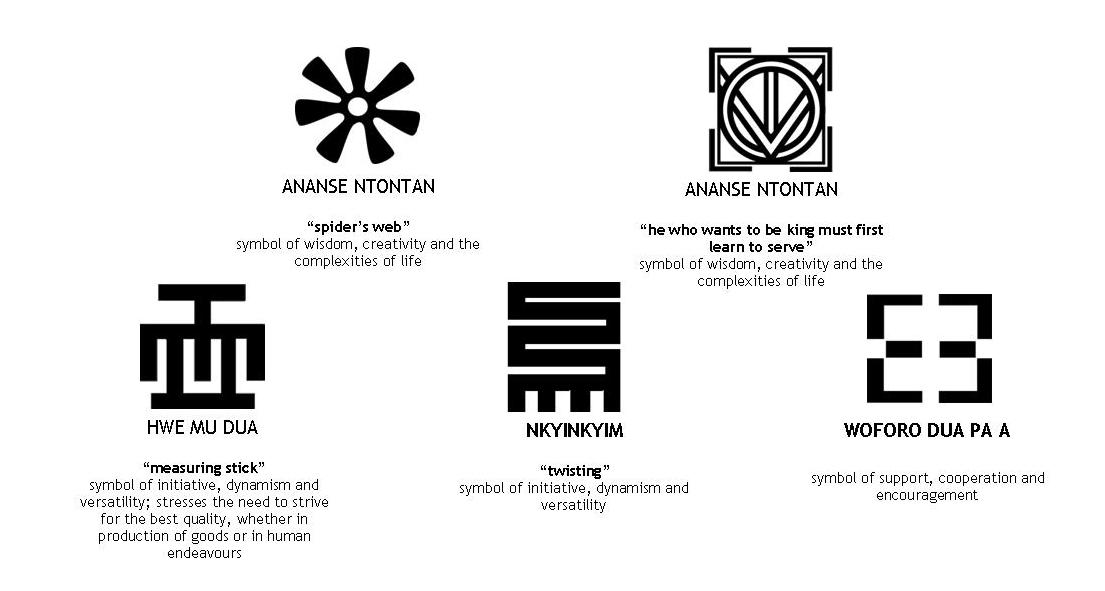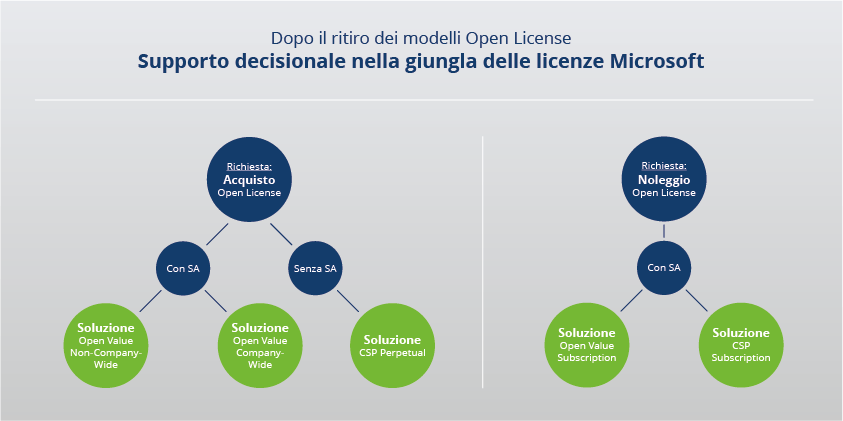


- #OPEN LICENCE UNITY SYMBOL FULL#
- #OPEN LICENCE UNITY SYMBOL WINDOWS 10#
- #OPEN LICENCE UNITY SYMBOL CODE#
Produces a build that has debug code stripped out, and enables the Profiler for your build. More info See in Glossary for your build. For example, it can report the percentage of time spent rendering, animating, or in your game logic. It shows how much time is spent in the various areas of your game. Produces a build that contains additional code you can use for debugging, and enables the Profiler A window that helps you to optimize your game. Note: These build configurations are the same as those available in the Visual Studio project that Unity generates. Select the build configuration (only applies to Build And Run). For more information, refer to Windows Device Portal deployment. Select the target device or transport to deploy and launch the app during Build And Run.ĭeploys and launches the app on the local PC.ĭeploys and launches the app to a connected device over the Device Portal transport. Specify the Visual Studio version if you have multiple versions installed.
#OPEN LICENCE UNITY SYMBOL WINDOWS 10#
Note: This setting is only relevant if you’re using Windows features or APIs that aren’t available in the base Windows 10 version (0). Select the minimum Windows 10 release version required to run the app. Note: Unity requires the base Windows 10 SDK version 0.0 or higher for building UWP apps, and doesn’t support Windows 8/8.1 SDKs. This setting is relevant only when calling Windows 10 APIs directly from scripts. Select the Windows 10 SDK installed on the local PC to build the application against. It offers the same performance as D3D Project builds. This setting has the quickest iteration speed because it doesn’t require you to build the generated project in Visual Studio. Hosts the project in a pre-built executable for rapid iteration. This results in some performance loss, but lets you use XAML elements in your application.
#OPEN LICENCE UNITY SYMBOL FULL#
Integrates Unity within a full XAML environment. Select the Visual Studio project or build type to generate. Select from the following CPU architectures to build (only applies to Build And Run) for UWP. You can configure the following settings for your build: Property

If you selected Build and Run, Unity also installs the application on the run device. Select the destination for Unity to place the application.Build and Run builds your application in a Player, and opens that Player on your target platform. The UWP Build Settings now have an effect on the build.īuild builds your application into a Player. If the Build button isn’t visible and Build And Run appears dimmed, select Switch Platform.If UWP appears dimmed, refer to UWP environment setup. Note: Universal Windows Platform only shows in the Platform list if you’re using Unity on a Windows computer. From the list of platforms in the Platform pane, select UWP.The UWP Build Settings are part of the Build Settings window. More info See in Glossary (UWP) Build Settings to configure and build your application for UWP. Use the Universal Windows Platform An IAP feature that supports Microsoft’s In App Purchase simulator, which allows you to test IAP purchase flows on devices before publishing your application.


 0 kommentar(er)
0 kommentar(er)
